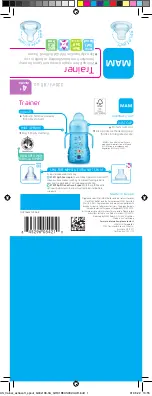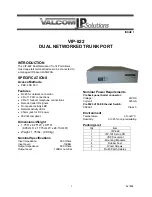
9
GG-H2S
Maintenance
The GG-H2S was designed for long life and minimal
maintenance. For proper operation it is essential
that the test and calibration schedule be adhered to.
Calibration Technologies recommends the following
maintenance schedule.
Maintenance Guidelines:
• The sensor is shipped with a factory calibration.
Sensor should be calibrated 6 months from
purchase date.
•
Calibrate the detector at least once every 6 months.
•
Calibration should be performed with certified
calibration gas. Calibration kits and replacement
cylinders are available from Calibration
Technologies.
• In highly critical areas, a response test should be
performed between calibrations to verify proper
sensor response and alarm functions. This can
be done with hydrogen sulfide calibration gas.
The response test is not required if multiple
electrochemical sensors are installed in the same
room.
• All tests and calibrations must be logged.
• Always disconnect power at the controller before
performing any wiring at the sensor.
Sensor Life:
These electrochemical cells are extremely
reliable, but several things can cause the cell chemicals
to become depleted including:
• a period of time
•
exposure to high temperatures
•
continuous, long term exposure to hydrogen sulfide
When the cell becomes depleted, the unit will give no
indication of failure other than that the sensor will not
respond. For this reason
it is absolutely essential
that these sensors be calibrated on a regular basis .
Typical sensor life is three years. When the cell
becomes depleted, a replacement cell can be obtained
from Calibration Technologies. Simply unplug the cell’s
ribbon cable from the transmitter, pull the old cell
from the spring clip, discard the old cell and replace
it with a new one. The sensor can be span calibrated
after a 1 hour warm-up period, but best to wait 12
hours before adjusting the zero pot.
Replacement cell order#:






























